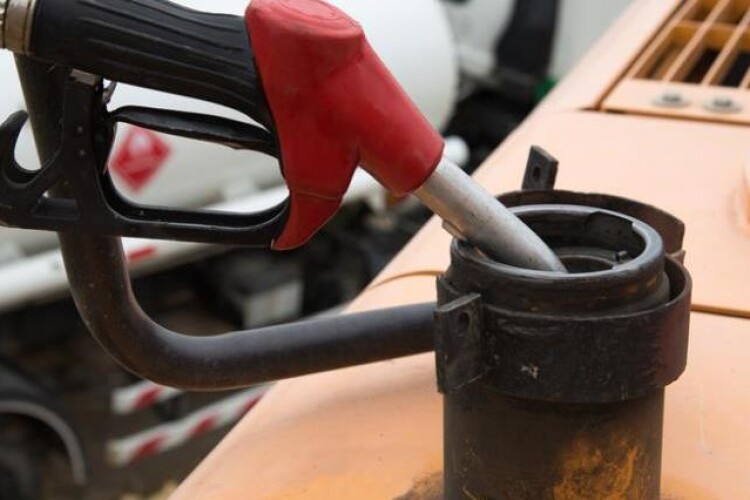Diesel is one of the most consumed fuel types globally. From engines, turbines, and automobiles to massive machinery, they have applications almost everywhere! In Great Britain, two types of diesel are available in the market i.e. white and red diesel.
Both types have different applications, taxes, and costs. Such differences make people think both types are different from each other; however, you may be shocked to know that, in actuality, they are almost identical!
Yes! Red and white diesel have similar chemical compositions. Now, you must be thinking, if they have similar chemistry, then why do they have different colours? The reality is that a synthetic red dye is added to white diesel to create a difference in both types.
In short, they share the same chemical composition but different applications. Read the log to discover what differences they have!

Differences Between Red Diesel and White Diesel
Common Names
In the fuel industry, to differentiate both, white diesel is commonly known as Diesel Engine Road Vehicle (DERV), Ultra-low Sulphur Diesel (ULSD), or road diesel. While, red diesel is often termed as gas oil, cherry diesel or agricultural diesel.
Characteristics
Both fuels have similar chemical composition, so do their characteristics like density, viscosity, boiling point, and others. The only difference is the colour. The white diesel is actually not white but a green/amber-coloured liquid that is clear and bright.
On the other hand, the red diesel is obtained by adding a red dye to the white diesel, giving it a reddish appearance that helps to ease its identification and check if it’s being used legally or not.
Cost
White Diesel has a higher taxation rate than red diesel. The white diesel available at petrol filling stations has a tax duty of 57.95p per litre. However, red diesel is taxed at a significantly lower rate, i.e. it is taxed at the rate of 11.14p per litre, which makes it an affordable fuel option.
Consequently, red diesel is an excellent and cost-effective solution for massive machinery that demands substantial quantities of fuel. Read the blog further to understand why this taxation difference exists.

Applications
The application of white diesel is permissible for on-road vehicles, i.e to power cars, vans, lorries, tractors and diggers. It is also applicable in a range of industries, i.e. agriculture and construction, commercial engines and power generators, residential heating systems and others.
Red Diesel can be used for sports clubs and community amateur golf courses, fairs and travelling circuses, marine transport, sailing and boating, rail transport boating, horticulture, forestry, heating and electricity generation for non-commercial purposes.
Sulphur Content
Red Diesel has slightly higher sulphur content due to the addition of synthetic dyes than white diesel. However, the difference is so negligible that it doesn’t affect its operational uses.
Why is Red Dye Added to Red Diesel?
Red Diesel is a low-duty white diesel that is permissible for use in machinery and untaxed off-road vehicles. It cannot be used as a fuel for regular automobiles. To prevent the illegal use of red diesel and to ensure its compliance with Customs and Excise regulations, red dye is added. This dye eases to quick identification of illegal fuel usage that may lead to consequences such as vehicle detainment and imposition of fines.

Why Did Red Diesel Taxation Change?
The government of the UK aims to reduce its net carbon emissions to zero by the year 2050. For this purpose, the UK government is encouraging to opt for more eco-friendly diesel variants that are taxed at a regular rate. The initiative will help to reduce the overall carbon footprint and, ultimately, its environmental effects.
According to a statistical report given in 2023, red diesel emitted around 14 million tonnes of carbon dioxide annually and comprises 15% of cumulative diesel applications in the UK. So, to shift people to more sustainable and greener options, the government has put restrictions on the uses of red diesel and has marked taxation differences.










